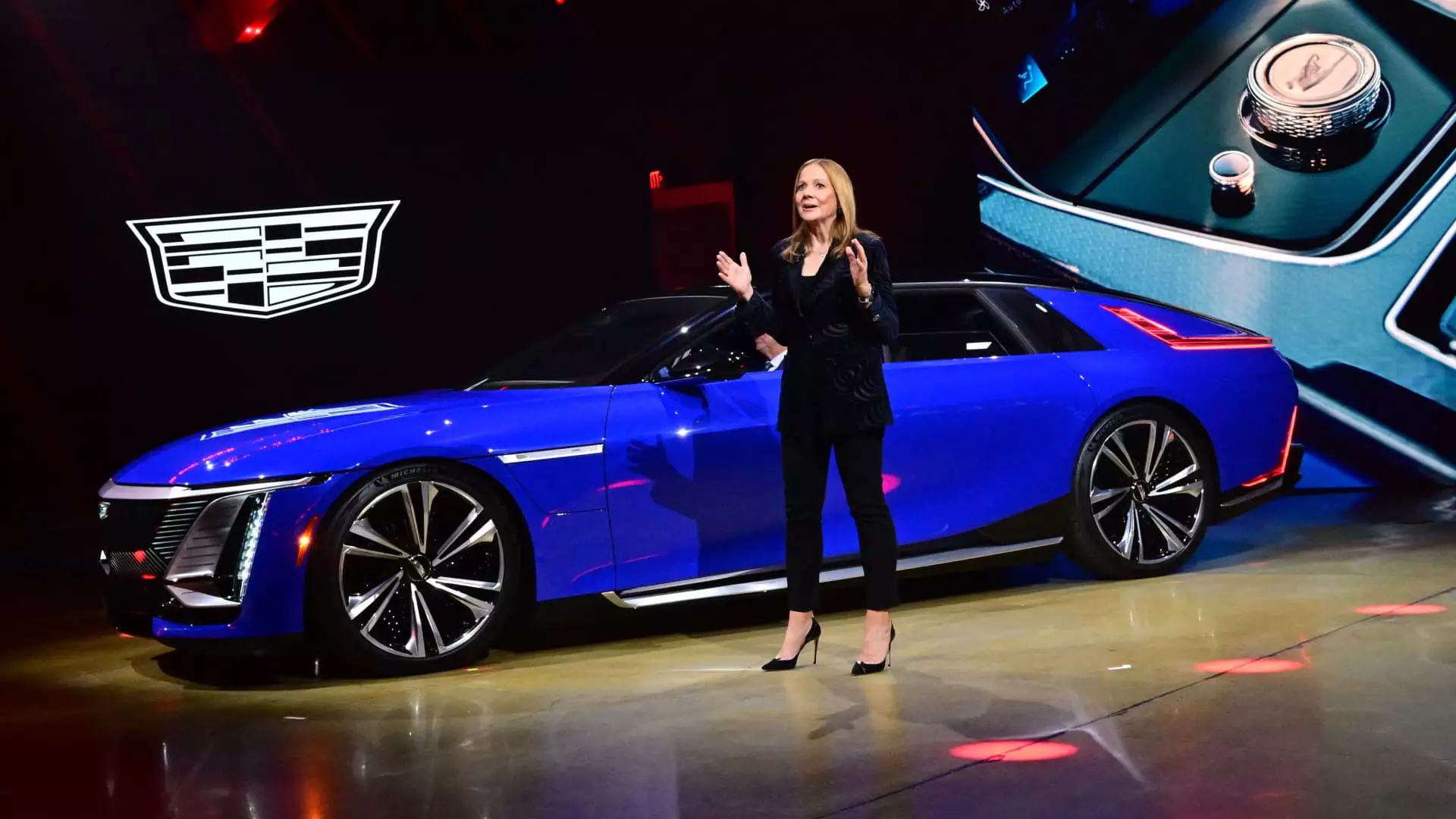As automotive manufacturers shift their focus from traditional combustion-engine vehicles to electric vehicles (EVs), General Motors (GM) finds itself grappling with the realities of an industry undergoing rapid transformation. Initially projecting a strong resurgence in the EV sector, GM has faced a series of setbacks that have hindered its efforts to catch up with Tesla, the dominant player in the electric market. The vision put forth by GM CEO Mary Barra in late 2021 projected a clear path to becoming a competitive force in the EV landscape by 2025. However, reality has proven to be far more challenging, and as of late 2023, GM finds itself lagging behind not just Tesla, but also growing competitors like Hyundai and Ford.
Analysis of Current Performance
Despite aspirations for monumental growth in the electric vehicle arena, GM has paralleled the industry’s struggles regarding EV adoption. Factors contributing to this stagnation encompass broader market dynamics, production obstacles, and complex software integration challenges. Nevertheless, recent reports indicate a surge in GM’s EV sales during mid-2023, which has prompted some optimism within the organization. Notably, the automaker managed to sell close to 21,000 EV units over a two-month span, nearly equating its previous quarter’s sales figures. This represents a significant year-over-year increase, underlining a pivotal shift in performance.
Nevertheless, the challenges remain daunting. GM still considers itself shadowed by the success of Elon Musk’s Tesla, which has consistently outperformed legacy automakers and even rival brands within the EV sector. Current estimates show Tesla’s sales in the second quarter alone reached over 164,000 units, effectively dwarfing the combined sales of GM, Hyundai, and Ford during the same timeframe. This stark contrast highlights not just a market share issue, but raises questions about GM’s strategic roadmap and execution.
In a bid to claw back market share, GM has diversified its electric vehicle offerings significantly. The company currently boasts a range that includes eight ‘Ultium-based’ EV models— encompassing affordable options like the Chevy Equinox to high-end luxury vehicles such as the $300,000 Cadillac Celestiq. Importantly, plans are in place to introduce additional Cadillac models, enhancing the EV portfolio further.
With a lineup that reflects an admirable attempt to cover various consumer demographics and price points, GM benefits from an expansive EV selection intended to appeal to a wide audience. Yet the expectation is high; the company has invested billions in developing these vehicles and is now under pressure to translate those investments into substantial sales volume.
Financial Viability and Consumer Demand
Despite these aggressive growth strategies, GM’s shift towards electric vehicles is not without its financial implications. Manufacturing EVs typically yields lower profit margins as compared to traditional gas-powered vehicles, posing another layer of complexity for GM’s financial planning. The automaker has articulated aspirations to achieve profitable EV production at a rate of 200,000 units by the year’s end. Whether GM can bridge the gap between production costs and profitability will be crucial, especially as analysts project EV sales could constitute around 10% of total U.S. auto sales by the year’s conclusion.
The challenge extends beyond sales figures and profitability into the realm of consumer adoption. As GM navigates this evolving marketplace, discerning and responding to consumer demand will be essential. Historical patterns indicate that consumer habits can take considerable time to shift, especially when traditional gasoline vehicles have been long embedded in the market.
As 2023 progresses, GM is poised at a crossroads. The ambitious 2035 target of phasing out internal combustion engines and achieving an all-electric lineup stands as a beacon for the company, signifying its commitment to electric mobility. However, the reality of navigating supply chain disruptions and adapting to shifting market demands requires not only bold plans but adept execution.
In this landscape where every major automaker is vying for a piece of the EV pie, GM’s ability to adapt and innovate while maintaining a responsive stance towards consumer needs will determine its future trajectory. The road ahead is undoubtedly fraught with challenges, but success hinges on GM’s dedication to overcoming those obstacles and meeting the expectations laid out during its ambitious journey into the electric future. As the competition intensifies, the automotive world will be watching closely to see if GM can rise to the occasion or if it will become another tale of missed opportunity in the rapidly changing landscape of electric vehicles.


Leave a Reply